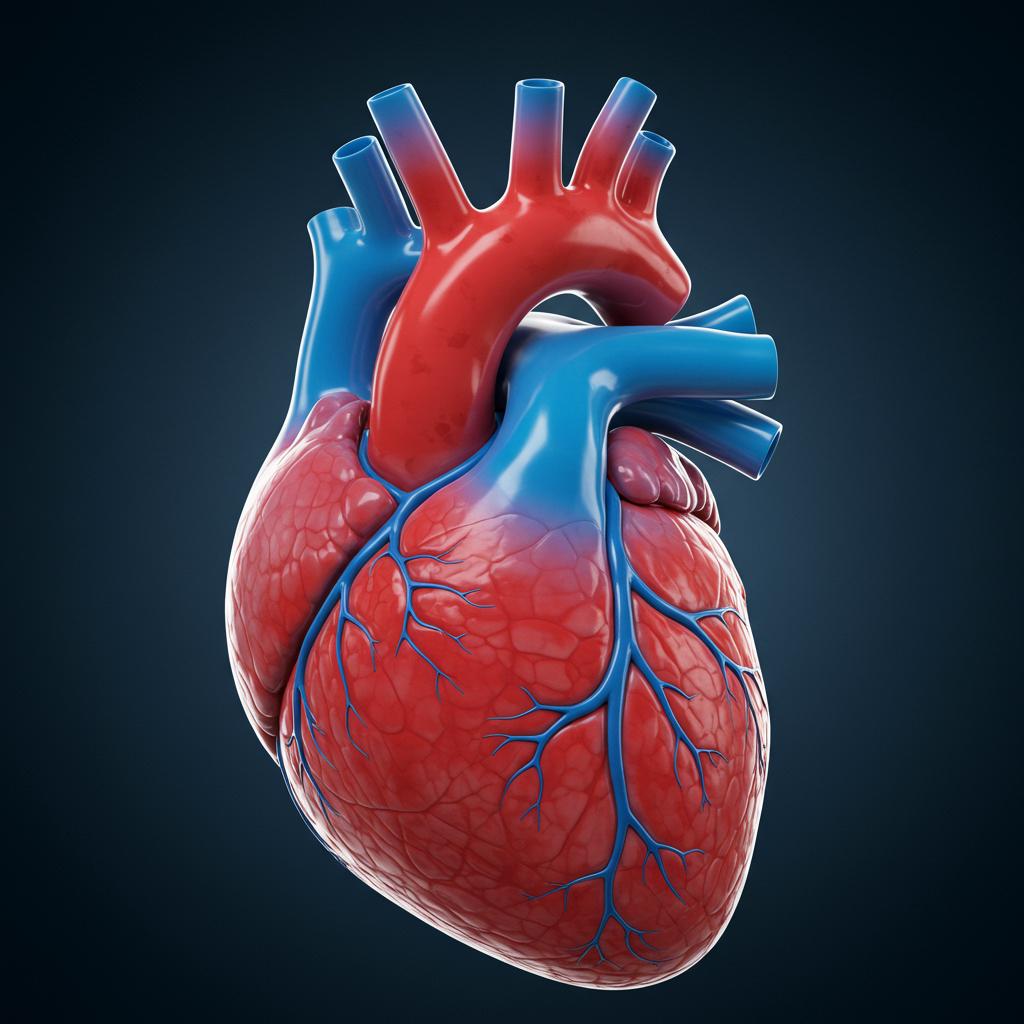
Let’s talk about testosterone therapy. It’s had a rocky road, a real back-and-forth in the medical community. For a while, everyone agreed it was a safe and effective way to treat low testosterone (hypogonadism). Then, boom! Over the past ten years, a handful of studies popped up suggesting a link between testosterone therapy and cardiovascular problems. Naturally, this sparked fresh concerns and brought us back to square one, questioning its safety.
Since testosterone therapy remains a valuable tool for managing the often debilitating symptoms of low testosterone, we need to get to the bottom of this. We can’t just abandon a useful treatment without a thorough investigation. So, let’s dive into what we currently know, exploring the potential cardiovascular risks, how testosterone therapy actually works, and what future research needs to focus on to ensure patient safety.
- Current Evidence on Cardiovascular Risks: Some studies have suggested a possible increase in cardiovascular events like heart attacks and strokes in men using testosterone therapy. However, other research hasn’t found this connection. This conflicting evidence makes it hard to draw definitive conclusions. One challenge is that many of these studies have limitations, such as small sample sizes or focusing on specific groups of men who might already be at higher risk for heart problems. It’s important to remember that correlation doesn’t equal causation. Just because two things happen around the same time doesn’t mean one directly causes the other.
- How Does Testosterone Therapy Work? Testosterone is a crucial hormone for men, influencing everything from muscle mass and bone density to mood and libido. When levels dip below normal (a condition called hypogonadism), men can experience a range of symptoms, including fatigue, low sex drive, erectile dysfunction, depression, and difficulty concentrating. Testosterone therapy aims to replenish these levels, alleviating symptoms and improving quality of life. It’s typically administered through injections, gels, patches, or pellets implanted under the skin.
- The Path Forward: Future Research: To truly understand the relationship between testosterone therapy and cardiovascular health, we need more robust research. Larger, long-term studies that follow men over several years are crucial. These studies should include diverse populations of men and carefully control for other factors that could influence cardiovascular risk, like age, lifestyle, pre-existing health conditions, and family history. We also need research that investigates the different delivery methods of testosterone therapy to see if there are variations in risk.
It’s important to emphasize that if you’re currently on testosterone therapy or considering it, don’t panic. Talk to your doctor. They can help you weigh the potential benefits and risks based on your individual health profile. Open communication with your healthcare provider is essential. They can monitor you closely for any potential side effects and adjust your treatment plan if needed. Never stop or change your medication without consulting your doctor first. The goal is to find a balance that improves your well-being while minimizing any potential risks. Ongoing research will continue to refine our understanding of testosterone therapy and ensure its safe and effective use.
